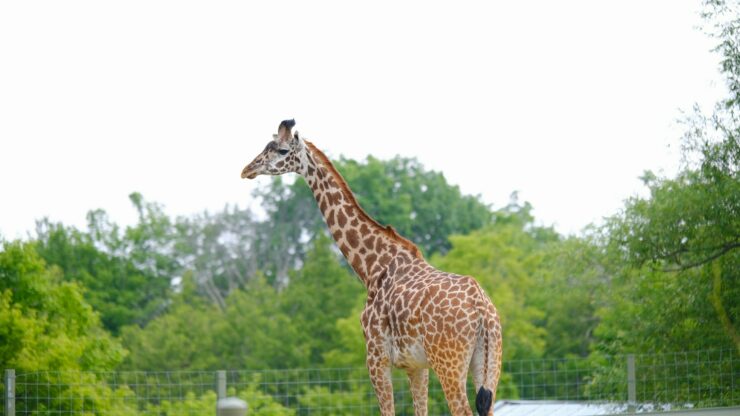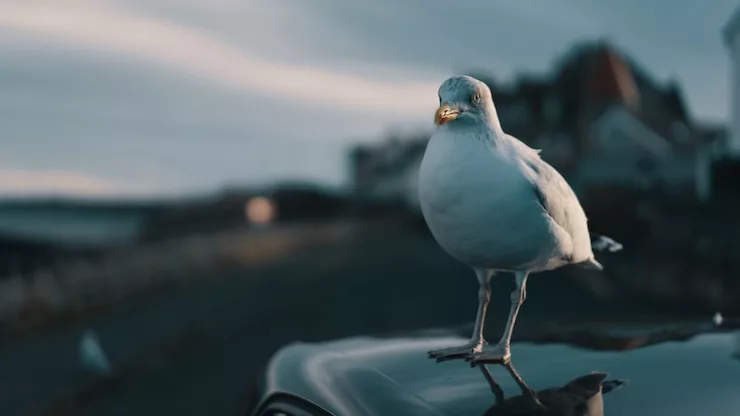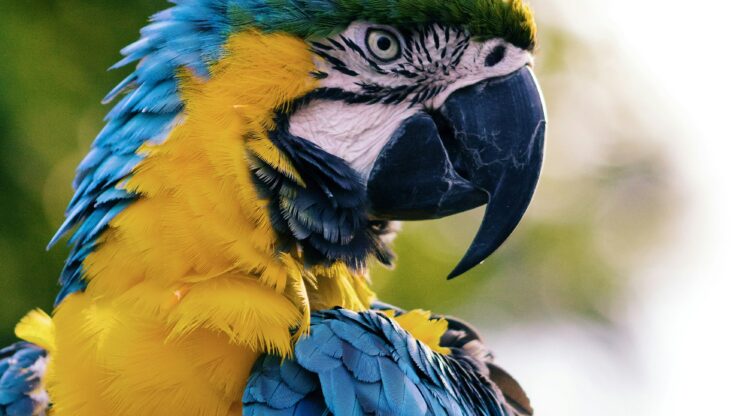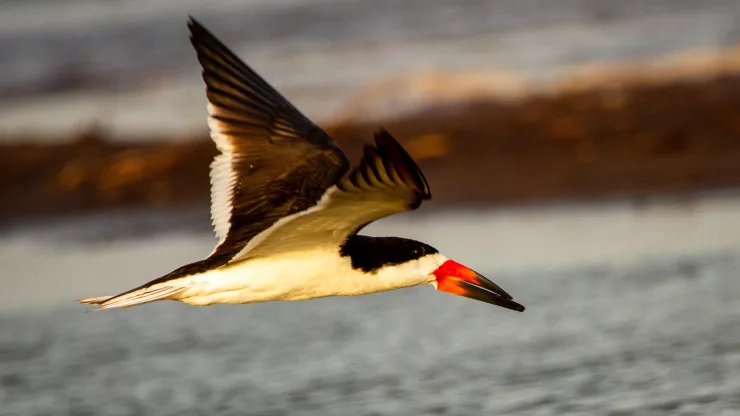As cities expand and encroach on natural habitats, urban animal encounters are becoming increasingly common.
From foxes and raccoons to coyotes and even bears, wildlife is finding ways to survive and thrive in urban environments.
While these encounters can be startling, they also offer a unique opportunity to observe and appreciate the resilience of nature.
In this article, we’ll explore some astonishing urban animal encounters, the effects of urbanization on animal behavior, inspiring stories of human-animal coexistence, and answer some common questions about urban wildlife.
Jump to Section
Coyotes on the streets, bears in the backyard
Urban areas are not the natural habitat of many animals, but some are adapting surprisingly well to city life.
In recent years, there have been numerous reports of coyotes wandering the streets of cities across North America, from New York to Los Angeles.
Raccoons are also a common sight in urban areas, often rummaging through garbage cans for food.
In some areas, bears have even been known to venture into backyards in search of food.
While these sightings can be alarming, it’s important to remember that these animals are simply trying to survive and find food in an environment that has been drastically altered by human activity.
In most cases, they pose little threat to humans and will usually flee when they sense danger.
How urbanization affects animal behavior
Urbanization has a significant impact on animal behavior, sometimes leading to changes in diet, habitat, and mating patterns.
For example, in urban areas with a high concentration of streetlights, some bird species are starting to sing at night instead of during the day.
This shift in behavior is believed to be a response to the increased light pollution, which makes it harder for birds to find mates during the day.
Urbanization can also lead to an increase in the number of predators, such as coyotes and foxes, as they are able to find food and shelter in the city.
This can have a cascading effect on the entire ecosystem, as other species are forced to adapt to the presence of these predators.
Inspiring stories of human-animal coexistence
Despite the challenges posed by urbanization, there are many inspiring stories of humans and animals coexisting in urban environments.
In one example, a group of residents in a Los Angeles neighborhood worked together to create a "wildlife corridor" by planting native plants and creating pathways for animals to navigate safely through the city.
This project not only helped to protect wildlife, but also brought the community together in a shared goal.
Another example comes from Mumbai, where a group of residents started a campaign to protect the city’s mangrove forests, which are home to a variety of species, including flamingos and crocodiles.
Through education and awareness, the group was able to convince the government to designate the mangroves as a protected area, ensuring the survival of these species for years to come.
FAQ
What should I do if I see a wild animal in the city?
If you encounter a wild animal in the city, it’s important to keep a safe distance and avoid approaching or feeding the animal.
Most animals will naturally avoid humans, but if you feel threatened, make noise or try to appear larger to scare the animal away.
Are urban animals dangerous?
While some urban animals, such as coyotes and bears, can pose a threat to humans, they are generally not aggressive and will usually flee when they sense danger.
However, it’s important to exercise caution and avoid approaching or feeding wild animals.
Can urbanization be stopped to protect wildlife?
While it may not be possible to reverse the effects of urbanization, there are steps that can be taken to mitigate its impact on wildlife.
This includes creating green spaces and wildlife corridors, reducing light pollution, and educating the public about the importance of protecting urban wildlife.
I’m a nature enthusiast and creator of Metro Wilds and have spent years exploring the great outdoors.
With a passion for environmental conservation and sustainability, I have dedicated my career to writing about the beauty and wonders of nature, as well as the threats facing our planet.
Contact me at [email protected] for assistance.





